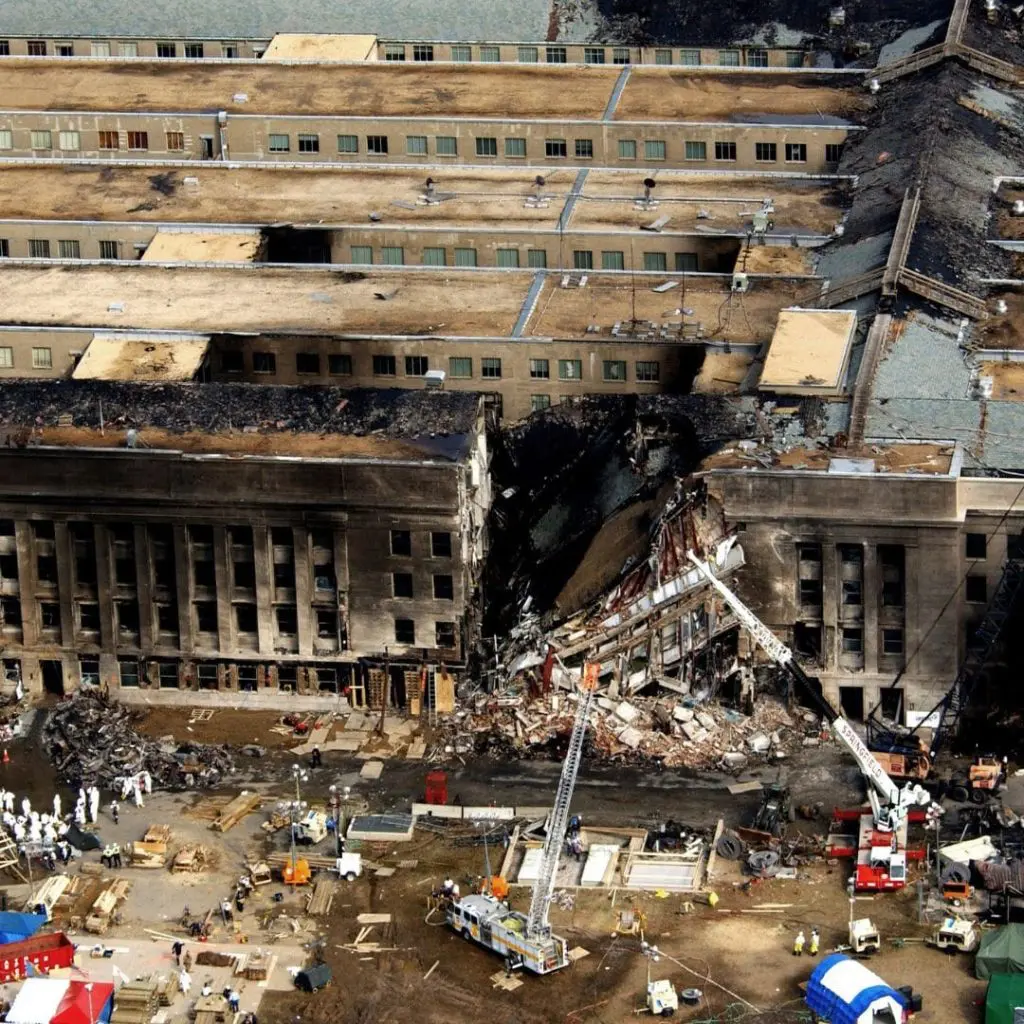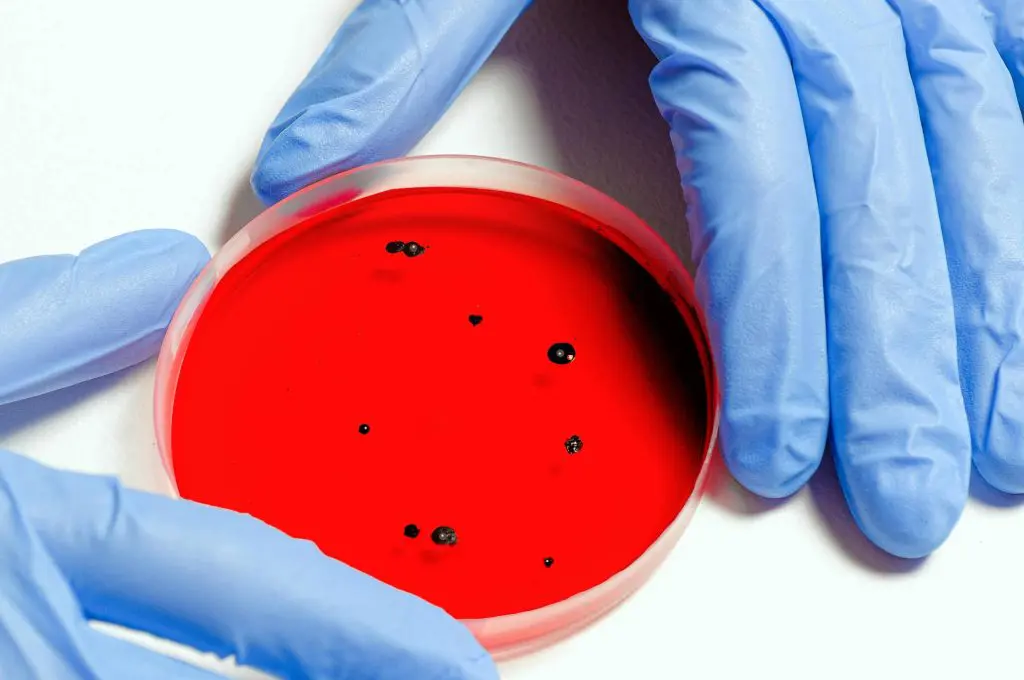Terrorism continues to evolve. Threats may come from abroad or be homegrown. Terrorists use tactics such as biological agents, weapons, explosives, and cyber attacks. Terrorists often use threats to create fear, convince people their government is powerless to prevent terrorism, and get immediate publicity for their causes. While you can be prepared in case of a terrorism event, these situations are often unpredictable and evolve quickly.

Mass Attacks
Mass attacks are an unfortunate reality in today’s world, but being informed and prepared can make a significant difference in protecting yourself and others. We’ve gathered valuable resources and information to help you understand the risks, recognize warning signs, and take practical steps for your safety in public spaces. Learn how to stay vigilant, respond effectively, and help others in the event of a mass attack.
Bioterrorism
Bioterrorism poses a unique and serious threat as it involves the intentional spread of harmful biological agents designed to cause illness or death. These agents can be dispersed in various ways, including through the air, contaminated water or food, and even via animals or human-to-human transmission. Understanding the types of biological agents that may be used as weapons and recognizing potential threats are crucial steps in protecting yourself and your community. Learn how to identify risks, respond to threats, and safeguard your health in the event of a biological attack.


Explosions
Explosions remain one of the most common and devastating forms of terrorist attacks. Explosive devices can be hidden in vehicles, packages, or even on roadways, and are often designed to be easily detonated from a distance or by suicide bombers. The portability and unpredictability of these devices make them a significant threat. It’s crucial to stay aware of your surroundings and understand how to respond in the event of an explosion. Learn how to stay safe, recognize suspicious activity, and act quickly if you encounter a potential threat.
Cyber Terrorism
Every time we connect to the internet, we make decisions that directly impact our cybersecurity. Malicious cyber activity, including data breaches and cyberattacks, can put your personal, financial, and medical information at risk. These threats not only endanger individuals but can also harm organizations and entire communities. Protecting yourself requires a proactive approach to prevent, detect, and respond to potential cyberattacks. Learn how to stay secure in the digital world and understand the risks involved with online activity, especially as cybercrime continues to rise.


